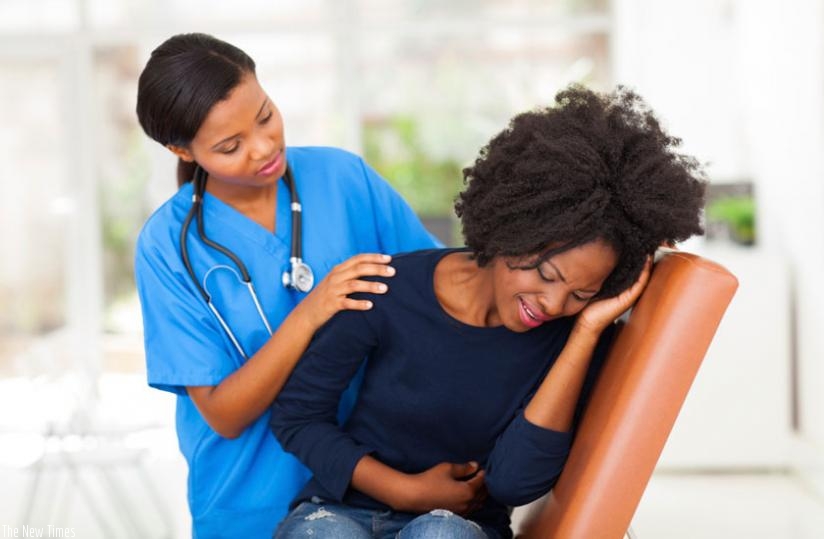Uterine Fibroids : Causes, Symptoms & Treatments

Uterine fibroids are benign tumors that originate in the uterus/womb. They are made up of the same smooth muscle fibers that the uterus wall is made of (myometrium), however they are much rounder than the uterus muscle and they can appear anywhere in the womb.
Fibroids come with various symptoms depending on their size, location within the uterus, and how close they are to adjacent pelvic organs. Symptoms most commonly include abnormal bleeding, pain and pressure.
Causes of Fibroids
The exact cause of fibroids is unknown. Their growth has however been linked to the female hormones estrogen and progesterone. Studies have found that women who start their periods at a younger age are more likely to develop fibroids. Although taking female hormones is linked to fibroids, the use of birth control pills is not.
Symptoms of Fibroids
Symptoms of Fibroids range from very mild, none at all or very severe . In women who do feel symptoms, these growths can cause:
Pressure
- Pressure on the bladder or rectum
- Frequent urination
- Constipation and/or rectal pain
- Lower back and/or abdominal pain
Period Change
- Mild to severe cramping and pain
- Heavier bleeding, sometimes with blood clots
- Longer or more frequent menstruation
- Spotting or bleeding between periods
As said earlier, it is not exactly known medically why women develop fibroids, however, Medicine.net tells us that women with these factors are most likely to develop fibroids.
- They usually occur between the ages of 30 and 40.
- They are more common in black women.
- They grow more quickly and appear at a younger age in black women.
- Having a family member with fibroids increases a woman’s risk.
- Being overweight or obese and having high blood pressure also may increase your risk.
Treatment
1 Pain Medication : anti-inflammatory drugs, like ibuprofen or naproxen can help relieve menstrual cramping pain that comes with fibroids. Please note that medication should only prescribed by a doctor
2 Birth Control: Oral contraceptives can help to balance out the levels of estrogen and progesterone in a woman. Other hormonal birth control methods that may lessen fibroid symptoms include progestin injections or progesterone-releasing IUDs.
3 Embolization
A catheter (a thin tube made from medical grade materials inserted in the body to treat diseases) is guided to the womb. Tiny particles of plastic are then released into the blood vessels that feed the fibroid, causing it to shrink over time. Embolization should not be an option for women wanting to get pregnant at some point after treatment.
4. Surgery
A Myomectomy removes the largest fibroids, this is an option for women who want to have children. A Hysterectomy however, is when the whole womb is removed. Because there is a small chance that what was thought to be a fibroid could be a cancerous tumor called uterine sarcoma.
5. Exercise
Regular exercise may help to prevent fibroids. Obesity also is a risk factor for fibroids. So exercising regularly can help you maintain a healthy weight and reduce your fibroid risk, especially as you age.



My elder sister is presently on admission at the army general Hospital yaba to be operated on tomorrow for fibroid. The pains, bleeding and cramping she suffered i cannot describe. Thanks for sharing MIM.
thanx mim